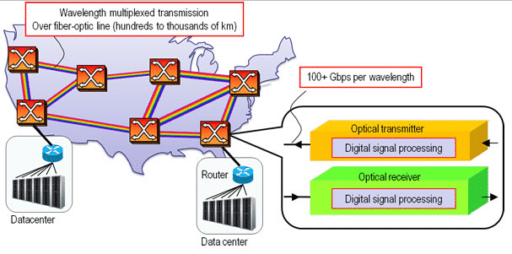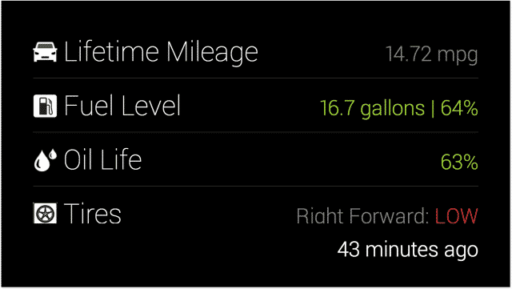Wireless communication has become critically important in our lives. In fact, in case of any kind of emergency, it is out first resort to reach out to the world. But if the infrastructure supporting it is disrupted, it is truly a nightmare. Same happened in Japan when a tsunami and earthquake hit the country last year. Now, a Japanese carrier, Softbank, has come up with a novel idea to resolve this problem.
Essentially, all infrastructure that supports a wireless network is based on land. So if a catastrophe hits the lands, it damages the infrastructure and may end up ending the wireless network, thus disrupting any kind of wireless communication.
Back in the days when earthquake hit Japan, people would try calling their loved ones in remoter areas and the response they would get was, “This is NTT DoCoMo. Due to the earthquake, the area you are dialing is difficult to reach.”
To counter this, Softbank has come up with the idea of establishing balloon-based cellphone towers. Sounds strange, yes, but it is very practical. These will be floating cellphone towers, held in the air by balloons but tied to the land through ropes. When some catastrophe hits the land, these towers will be able to stay afloat and keep the wireless network alive.
This idea has already been us[ttjad]ed by Lockheed Martin in Afghanistan. The interesting thing is that while land-based towers carry signals for 5 to 10 miles, these balloon-based towers can carry signals up to 20 miles! With another earthquake expected to hit Japan before 2016, it is great to know that the wireless carriers are improvising to deal with such a catastrophe in a far better way in future.
Source: Nikkei
Courtesy: Ubergizmo




